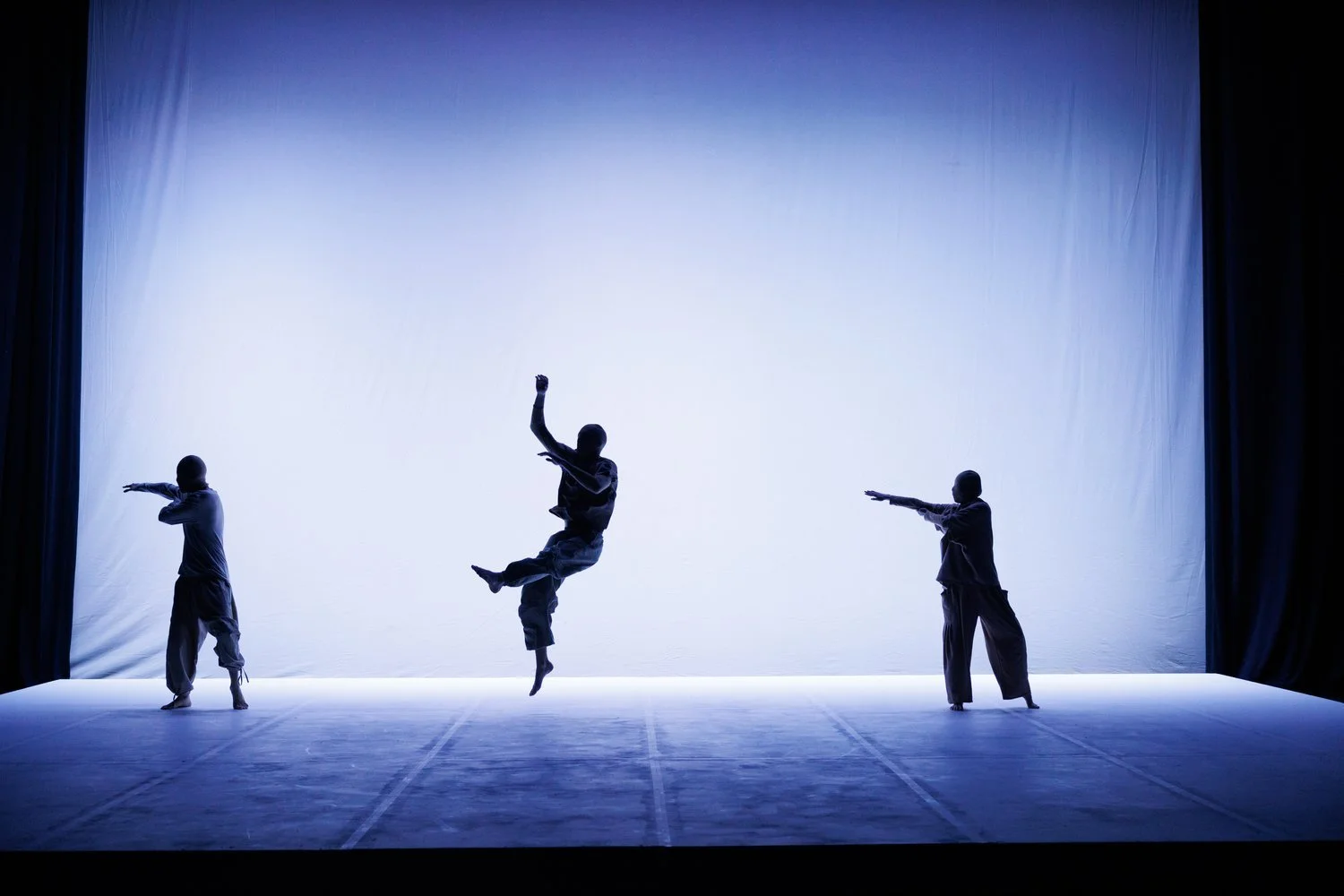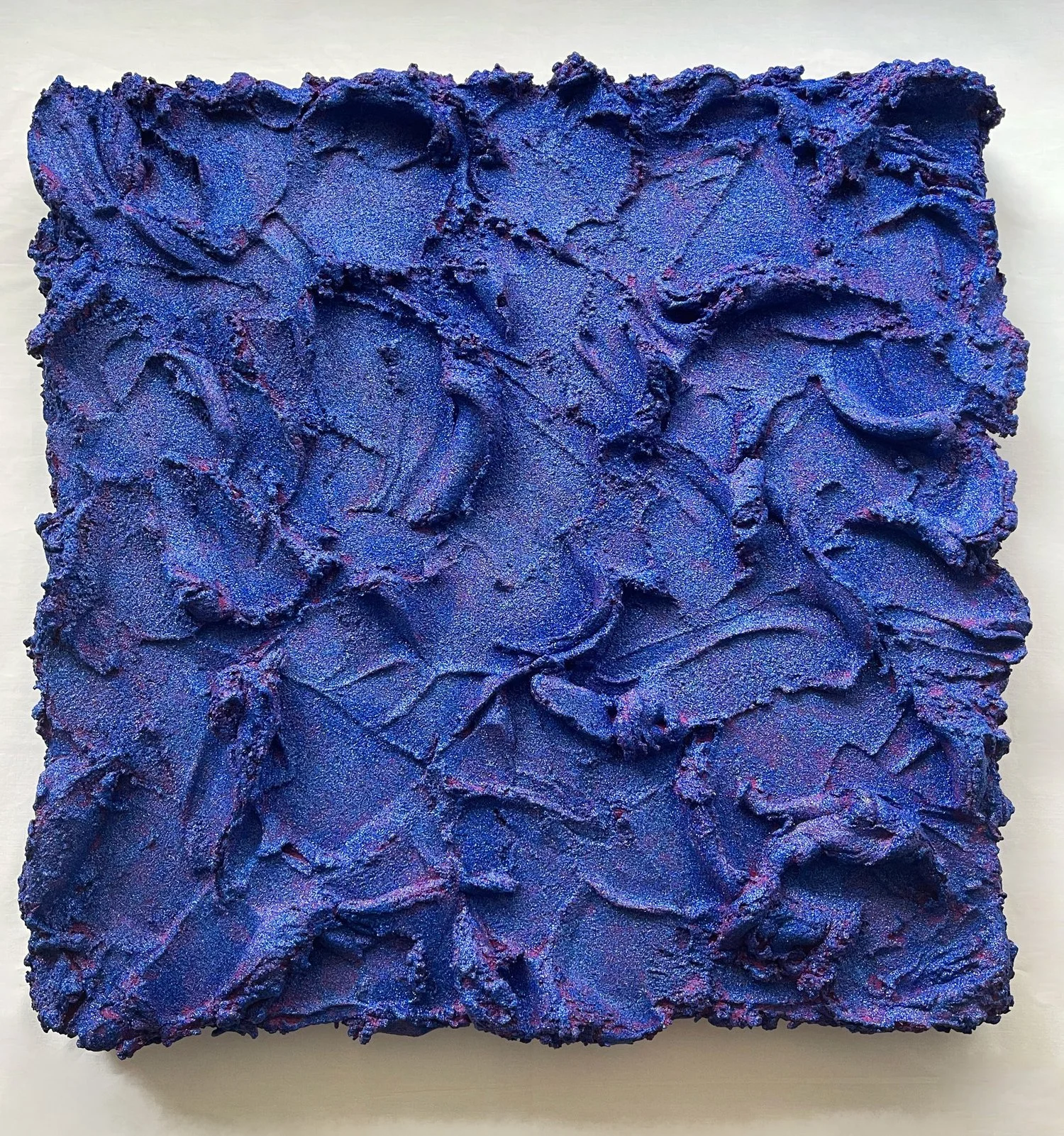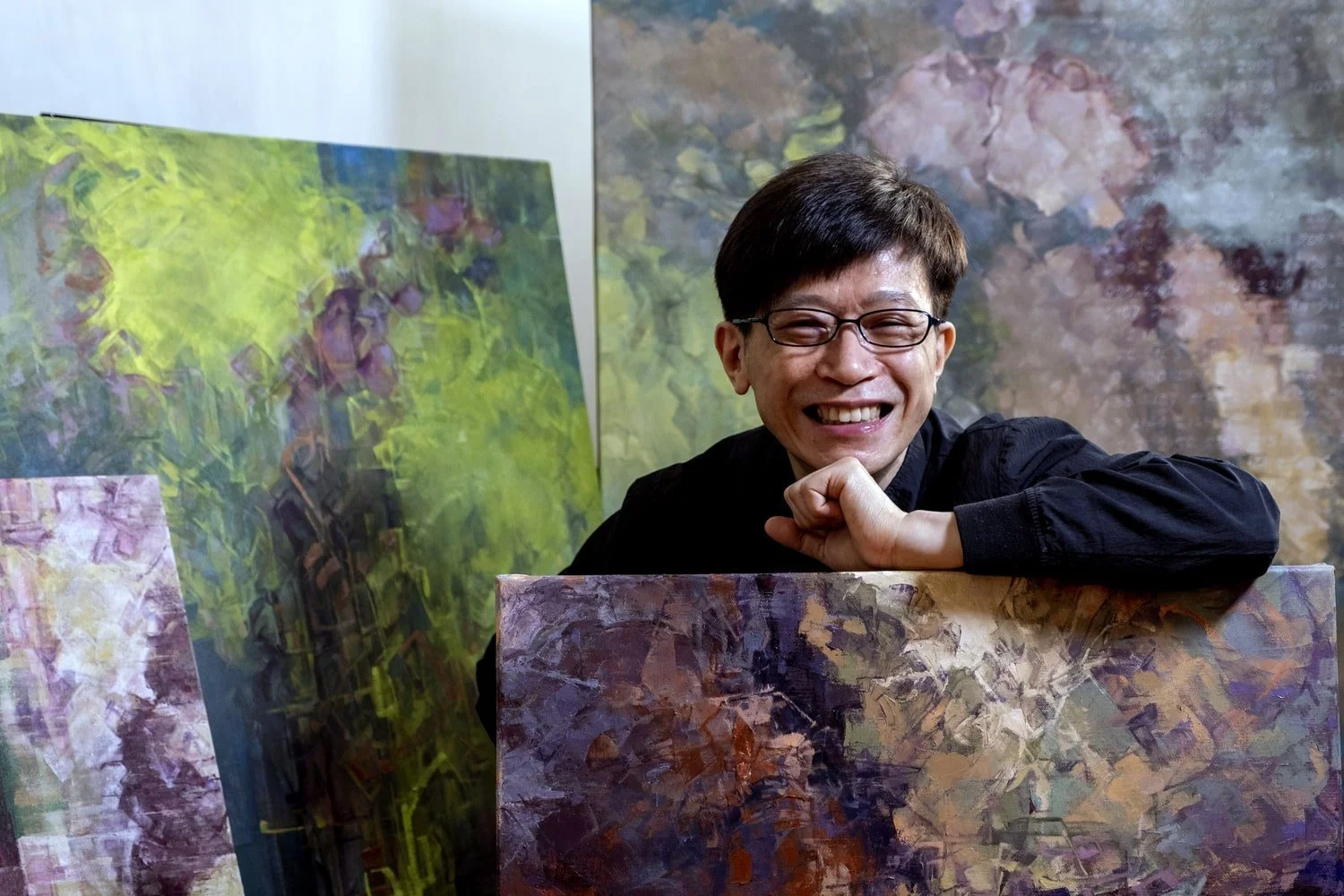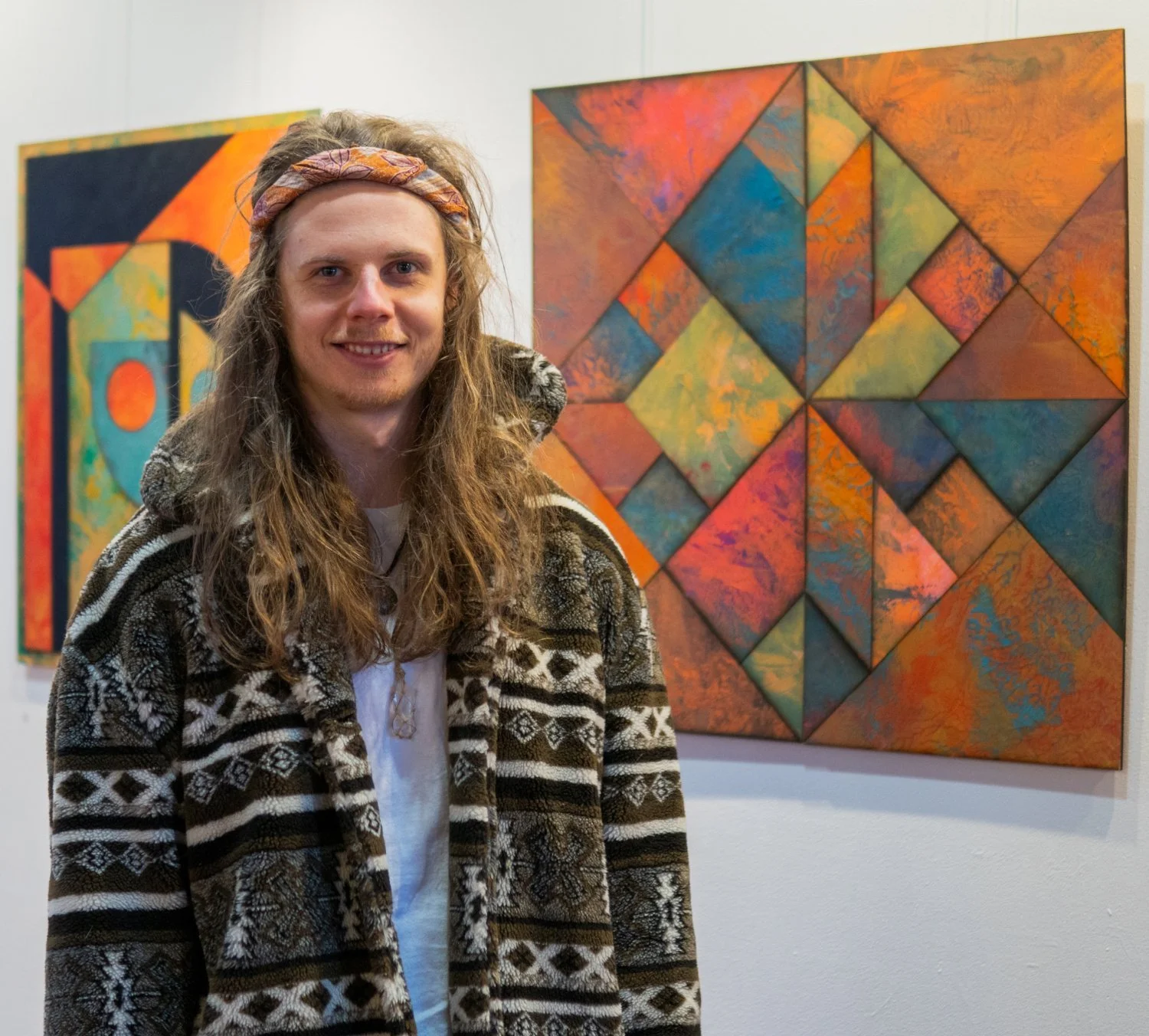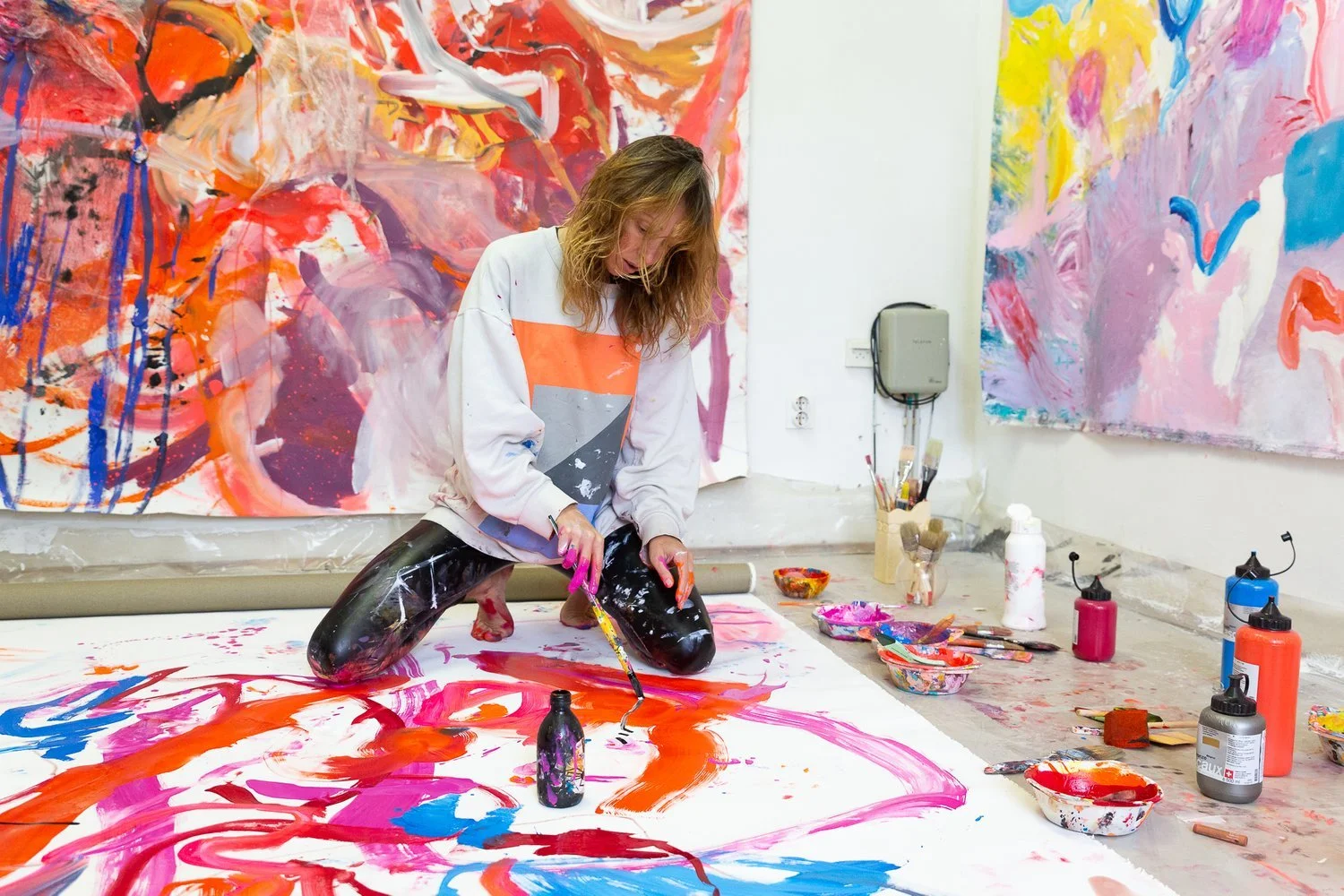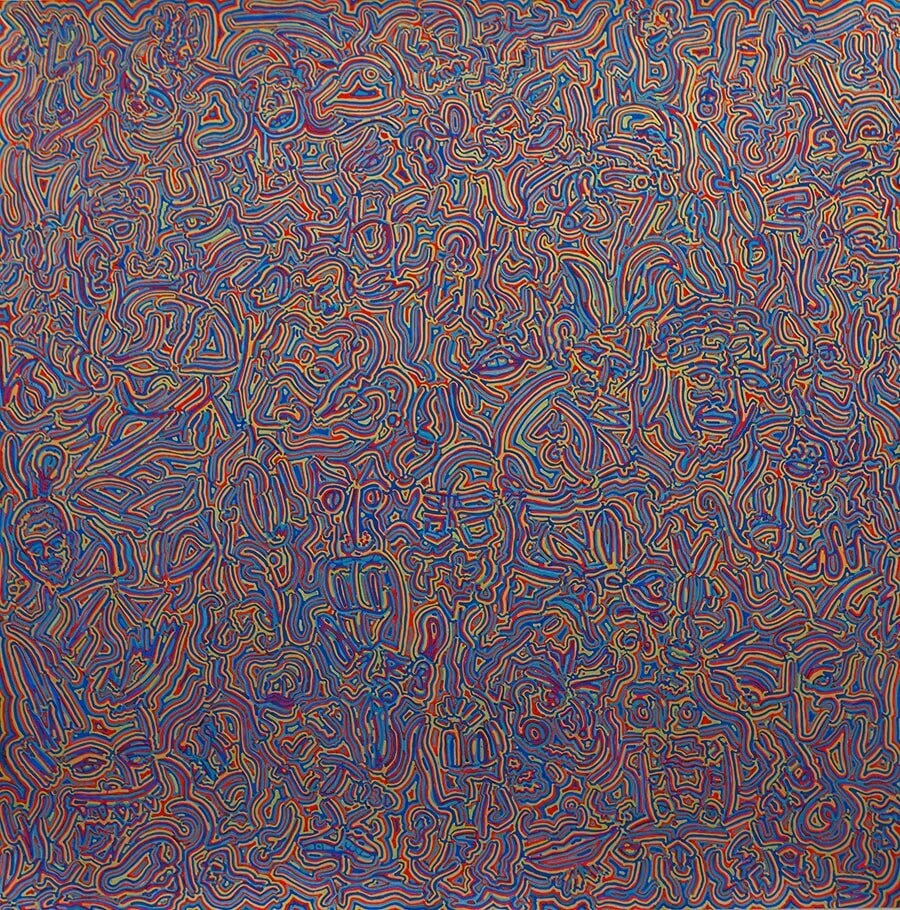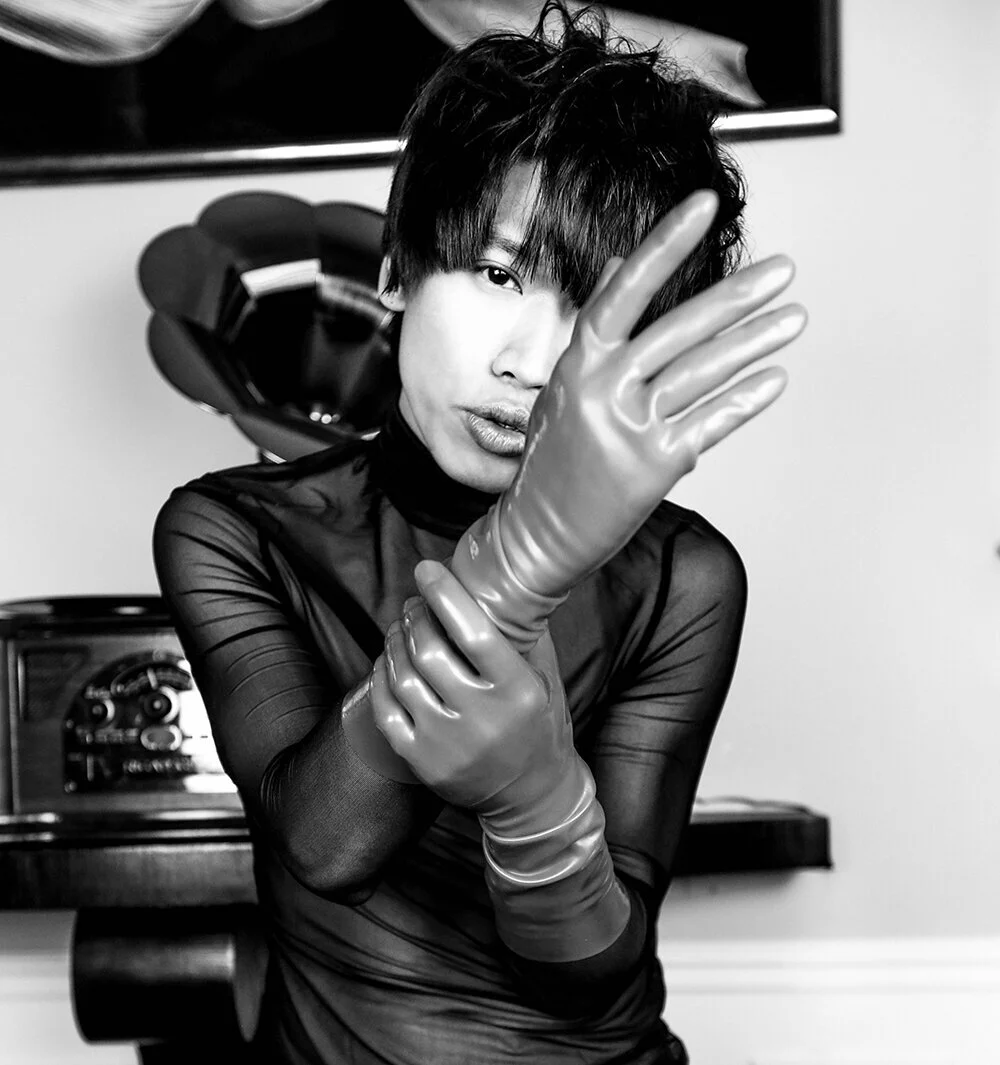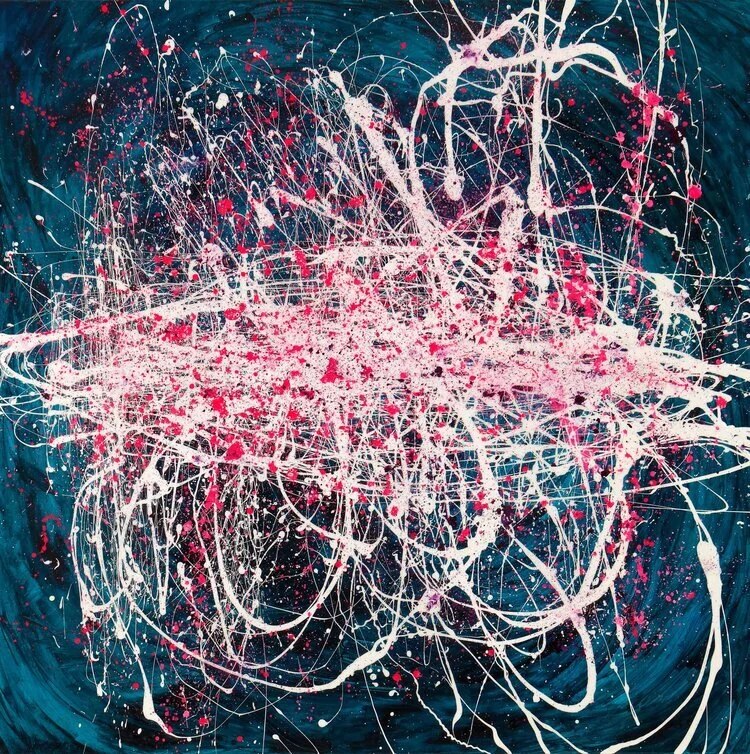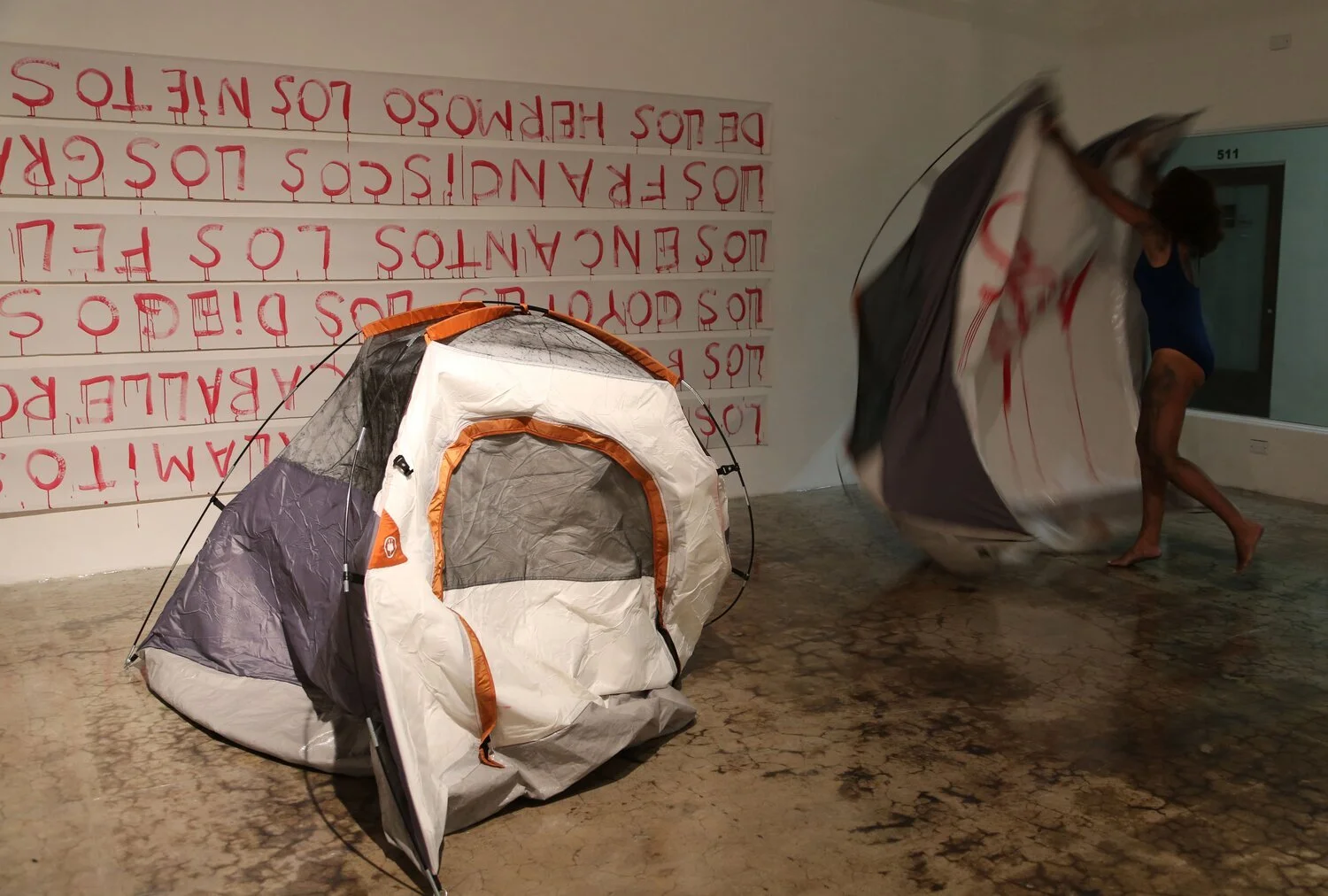Leon Phillips is a contemporary painter currently based in Vancouver, Canada. He employs the materiality of color to evoke a visceral response in viewers, infusing color with structural significance rather than mere decoration. Phillips’ gestural work explores perception and embodiment through the materiality of color, aiming to immerse viewers in a corporeal experience.
INTERVIEW | Hadeel Alzoubi
Hadeel AlZoubi is a contemporary artist based in Toronto. Her artistic journey is a constant exploration of mediums and techniques. She thrives on pushing the boundaries of artistic expression by incorporating a diverse array of materials. Ultimately, Hadeel's art is an invitation to transcend the chaos of modern life and find solace in the simplicity of her creations.
INTERVIEW | Hushang Omidizadeh
Hushang Omidizadeh, born in 1968, is a multidisciplinary artist based in Germany. In his art, Hushang Omidizadeh delves into diverse facets of human nature, interpersonal relationships, diversity, and human needs. In his series "SURFACE," the artist abandons the use of traditional brushes and instead directly applies color to his models' bodies. These colors are then transferred onto the canvas when pressed, leaving imprints of the models' own bodies.
INTERVIEW | Rachel Jag
Rachel Jag is a self-taught artist. Exploring the approach to the unknown, trying to get closer to the creative process of turning one flash of inspiration in a single moment into something with a life of its own, is the most fascinating to the artist. Intuition leads the way. The communication between the artist, the source of her inspiration, and what is being created on paper opens up new, unseen doors and unexplored fields.
INTERVIEW | Kwong Kwok Wai
Kwong is a multi-disciplinary artist who focuses on oil painting and fiction writing. After learning the basics from art teachers, he developed his own artistic approach while serving in the journalistic field for 30 years. He usually starts with concepts in his painting process, and concepts are converted into symbols, which he uses to build up a connection between contemporary art and memories, history and his community.
INTERVIEW | Lewis Deeney
Lewis Deeney is a Scottish painter, currently based in Belfast, Northern Ireland. In his latest series, the Emergence Collection, the thread is meditatively layered upon the painted surface. Through mindful repetitive layering, complex patterns emerge and pockets of order disperse across the canvas. The emergent order created by the thread is contrasted with the expressive application of paint creating transcendent paintings with an iridescent glow.
INTERVIEW | Nina Stopar
Nina Stopar is a Slovenian artist. As a teacher of 5Rhythms she believes that movement is the gateway to creativity, abstraction, and the artistic self. Nina explores abstraction as the dance of intuition of body in motion. A dancing body is the purest and strongest form of perception. It inhabits the truth that arises from in it. Therefore, art created through the embodied practice of movement, as 5Rhythms dance, is subversive.
INTERVIEW | Fernando Madera Alvarado
Fernando Madera Alvarado is a Mexican artist. His work is mostly composed of bidimensional surfaces: paper of all sorts, canvases, walls, or wood panels. For the last couple of years, his work has been focused on acrylic ink compositions. He also works with digital software to modify his ink sketches and compile them for use on larger compositions.
INTERVIEW | Wallace Woo
Wallace Woo is an artist from Hong Kong. Fashion makeup artist in Paris, he is also a Pouring Visuals Artist. He works thanks to the shape of water, as the liquid can blend various shapes. Flexibility is a key concept of his work. Life is supposed to be simple. It is only us who make it complicated.
INTERVIEW | Mary Stefanou
INTERVIEW | Fo
Fo is a Bulgarian artist based in London, United Kingdom. He works in the field of painting and digital art with a particular focus on gestural mark-making and asemic calligraphy. His main strive is to look for harmony, interconnectedness and explore territories of consciousness beyond the human psyche.
INTERVIEW | Letícia Larín
INTERVIEW | Peter Backhaus
Peter Backhaus is an award-winning artist based in Sweden whose paintings have been exhibited nationally, as well as in Luxembourg, Germany, Denmark, and China. He describes his works as being created in a space that lies between "intellectual thinking and uncontrolled instinct". Backhaus refers to his compositions as inner pictures with no purpose, where "total silence and total chaos co-exist”.





